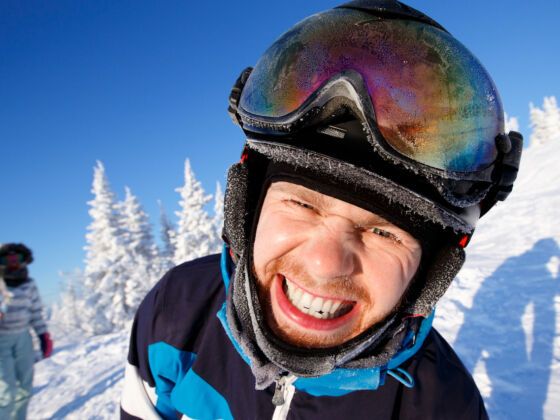You’re a big city guy living in a suburban world. You prefer experience over material items and one of the many things your family-friendly world doesn’t offer is experience. So you travel, which often means you fly, but you’d rather not. That’s why there’s a Xanax in your pocket.
There’s always a Xanax in your pocket. They’re also in your glove compartment, on your nightstand, and in the bag you take to work.
